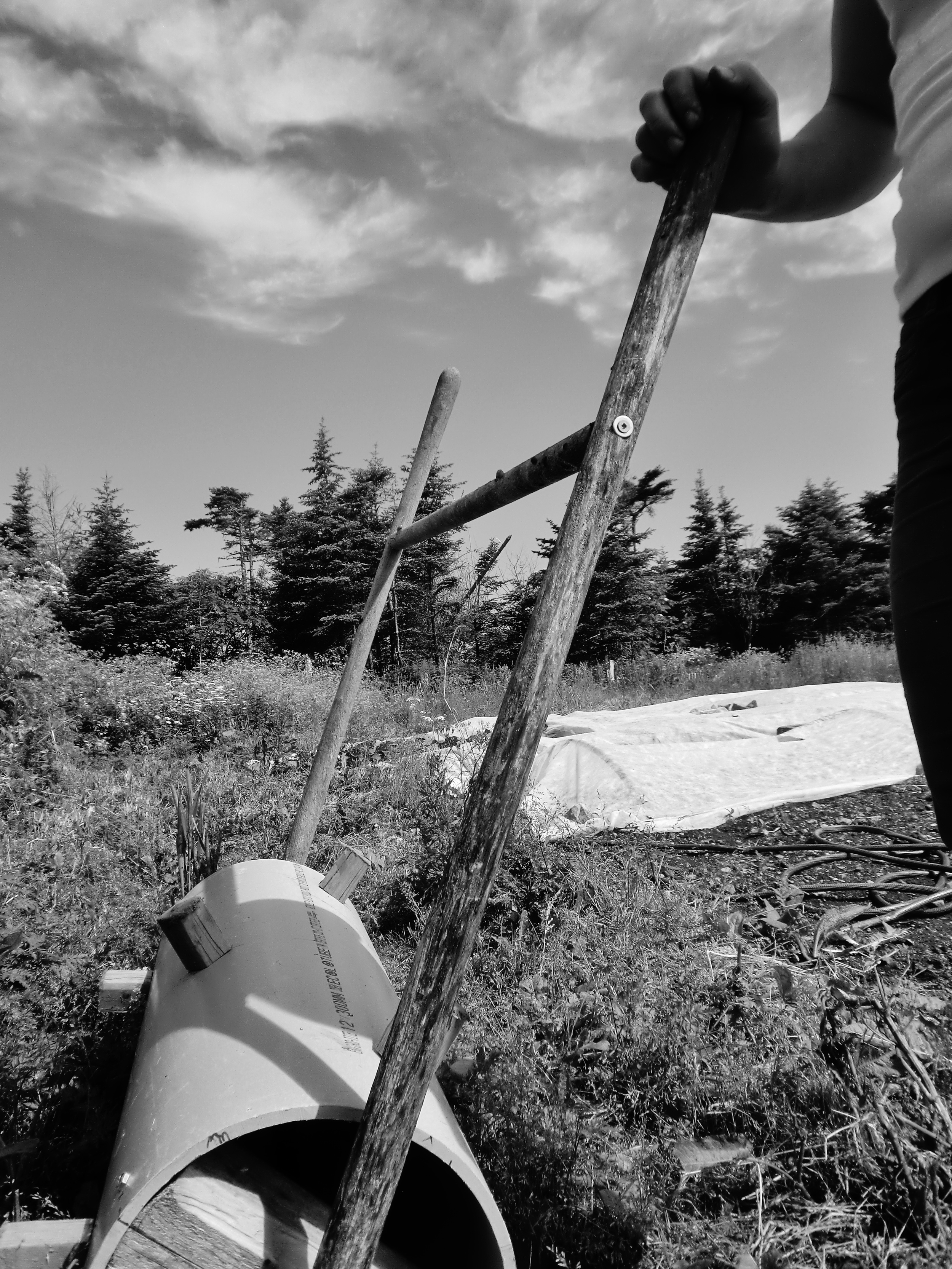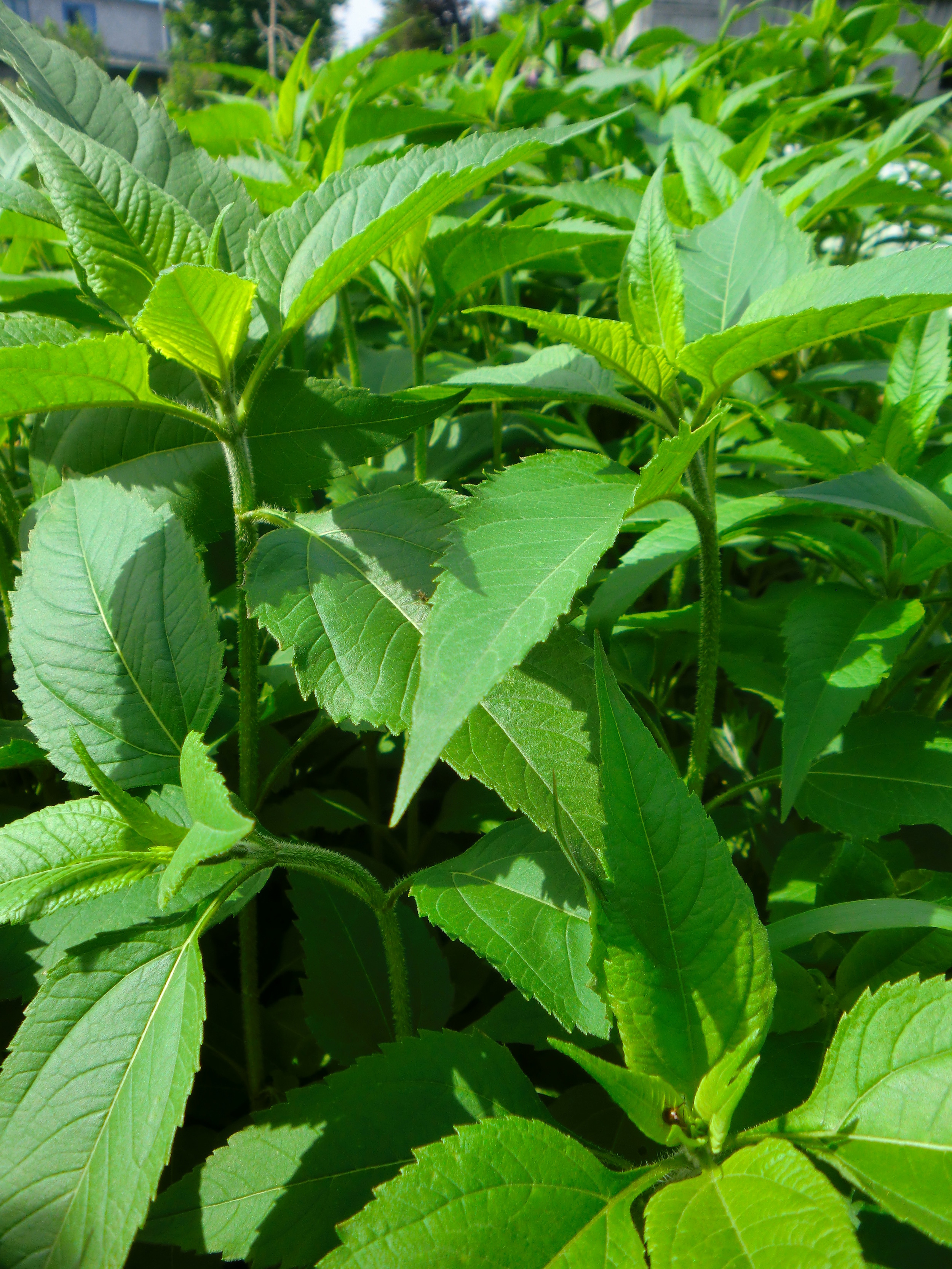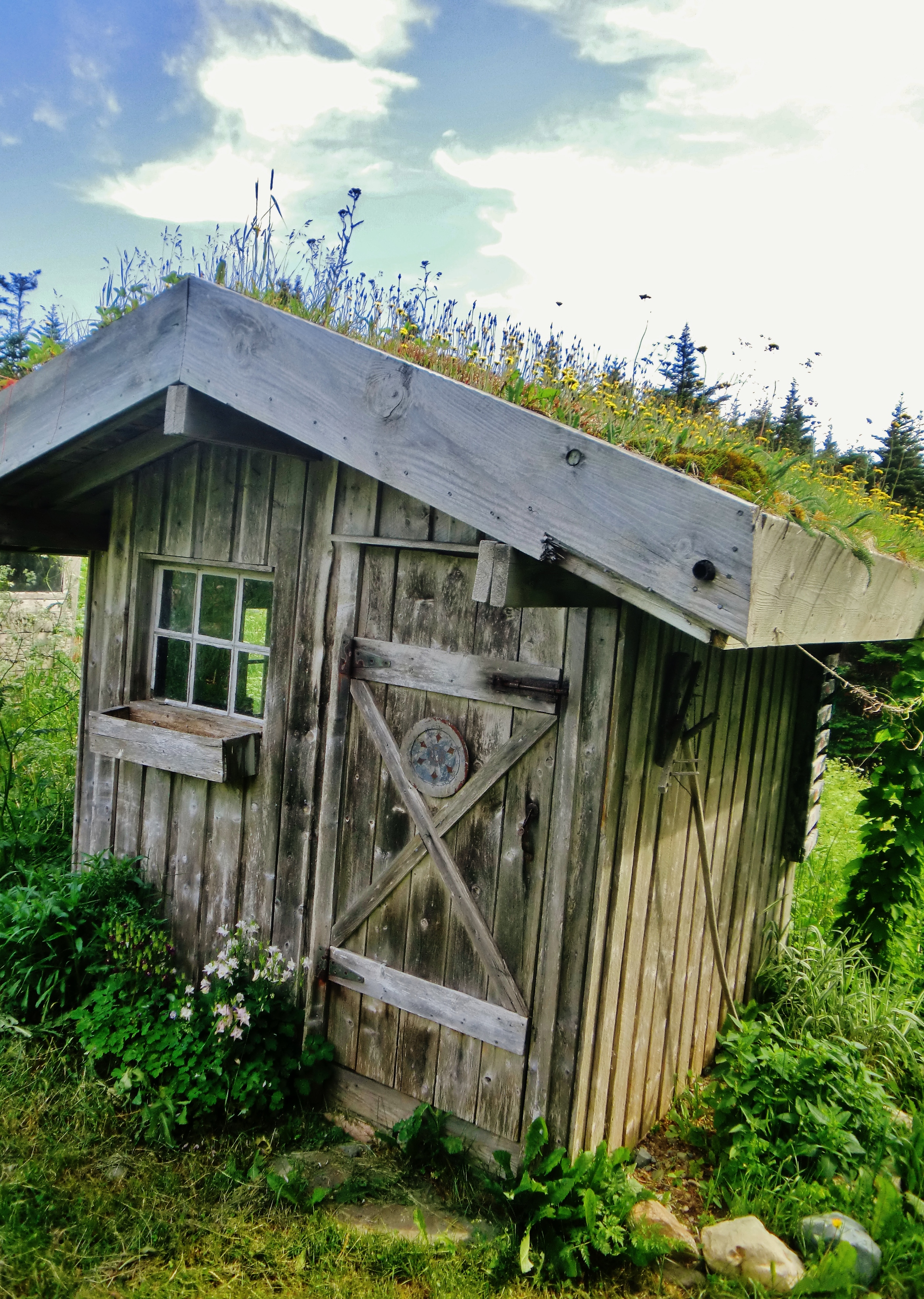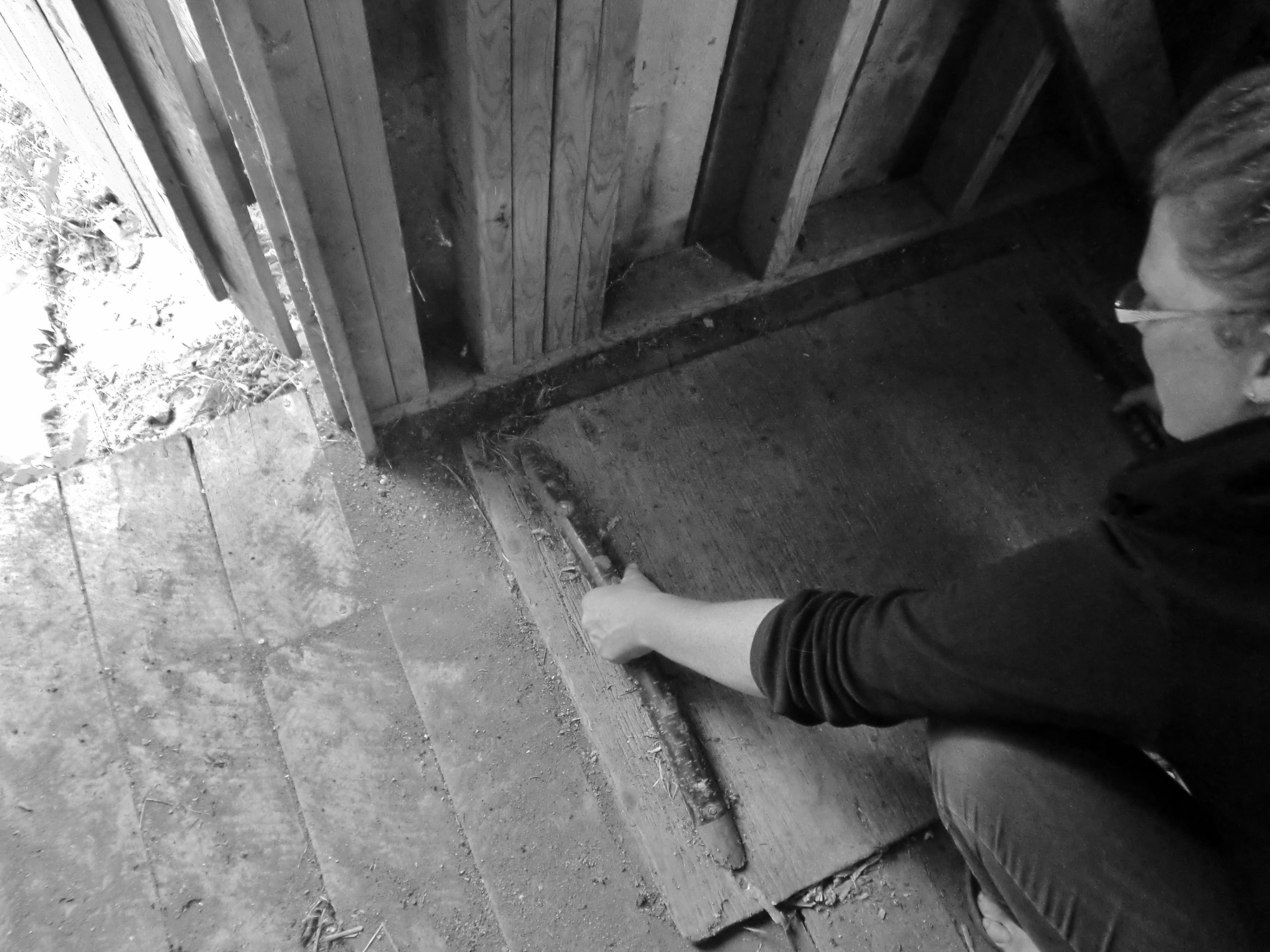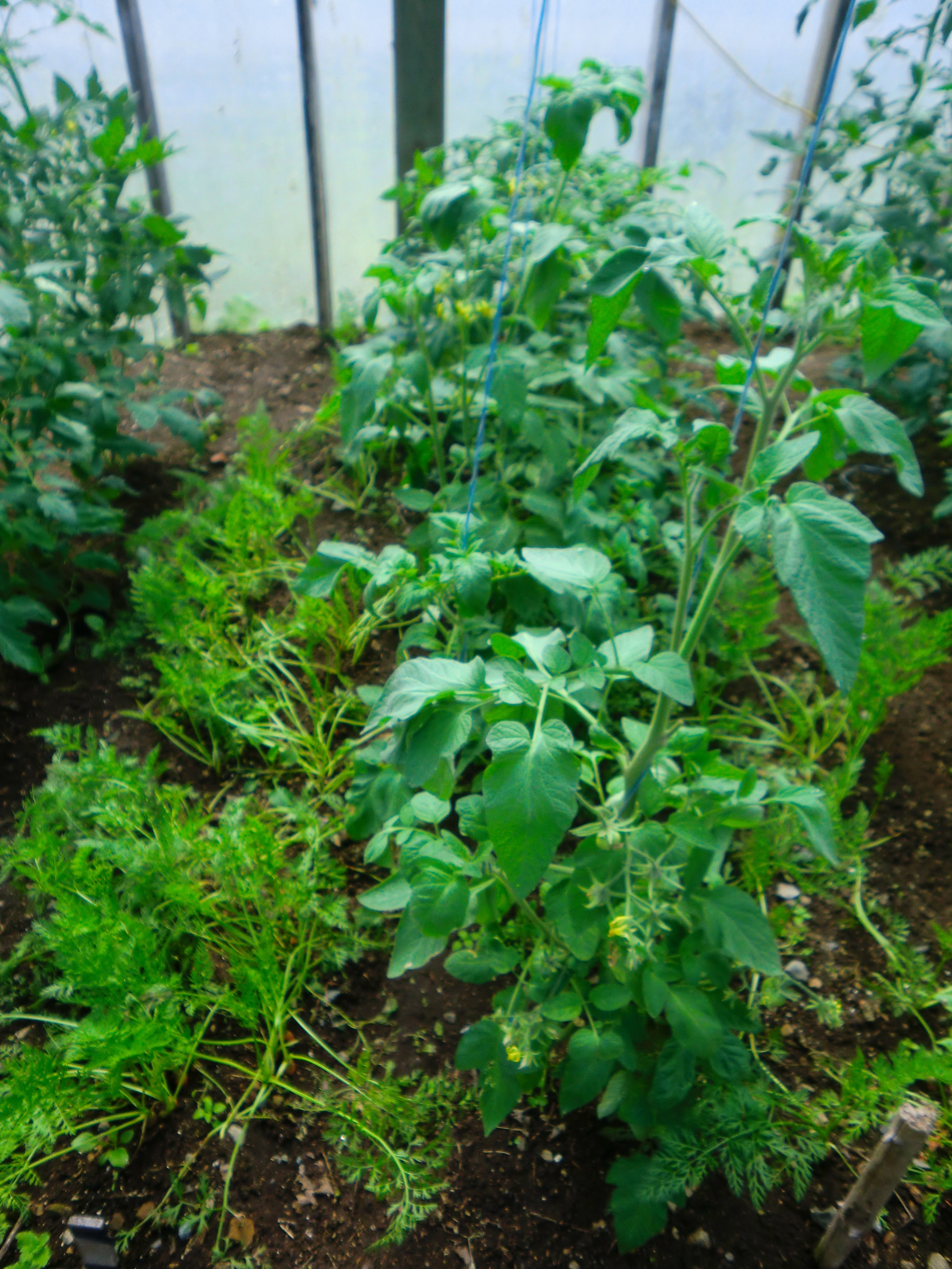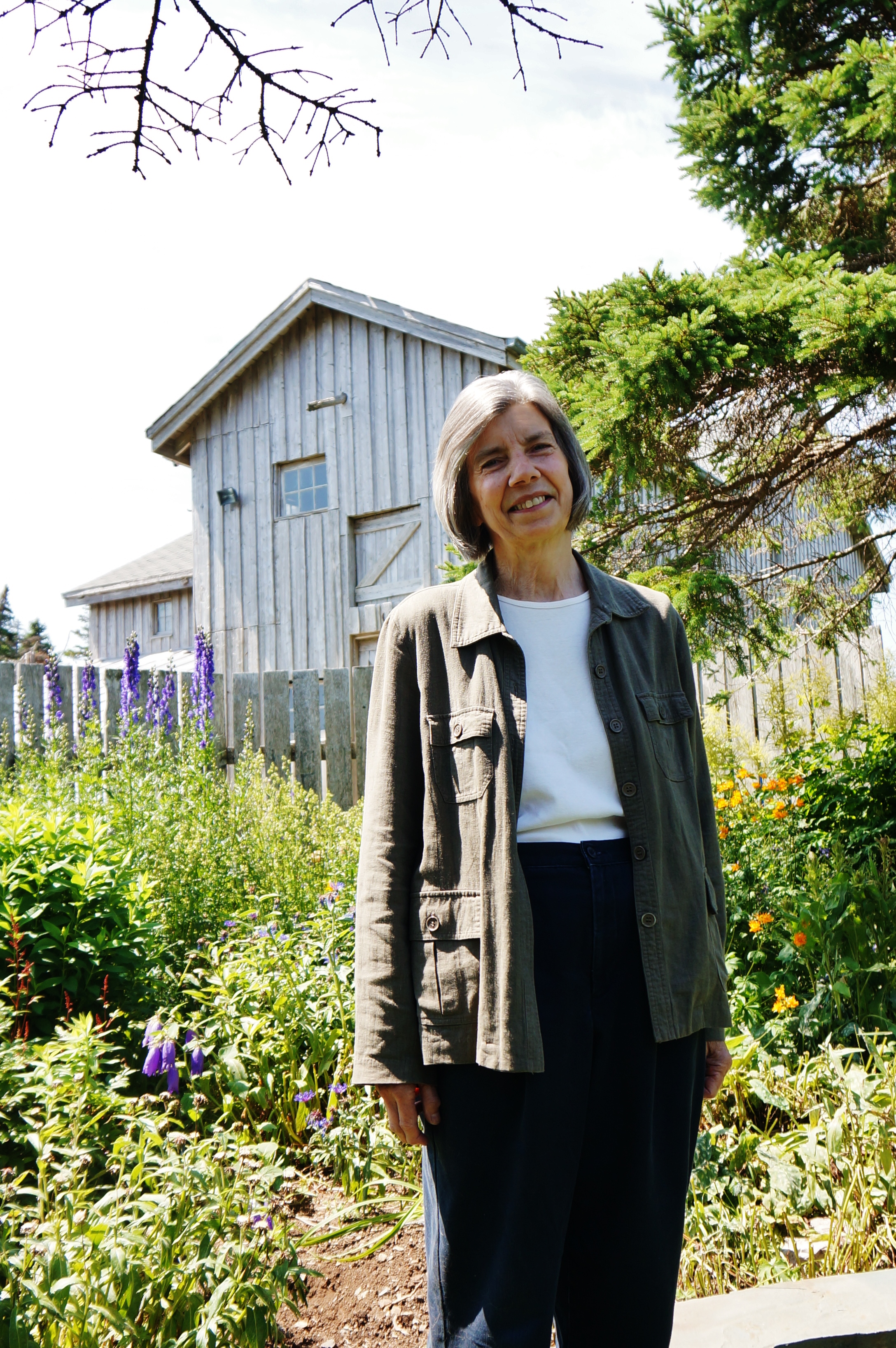Can you imagine a whole weekend dedicated to celebrating the amazing food, culture, land and sea of Newfoundland? This is happened last weekend along the rugged coast line of the Bonavista Peninsula, where hundreds of root cellars that have survived many storms and many years are scattered throughout the landscape, adding an incredible charm to the region. The Roots, Rants and Roars Food Festival in Elliston was doing just that. During the weekend, Elliston was filled with passionate people and chefs from all around the country to celebrate the flavours of the land and sea, while local music was filling the air.
A Conversation with Sarah Crocker and Judy Lien of Seed to Spoon and the Lien Family Farm
This post is the fourth in a series that Sarah Campbell, an intern with FSN, will be doing around the International Year of Family Farming this summer, gathering stories of family farming from around the Avalon Peninsula. Look for more stories in the coming weeks!
A few weekends ago I was happy to spend some time at the Lien Family Farm, speaking with Judy Lien and Sarah Crocker, who now grows on the land for Seed to Spoon. Seed to Spoon started growing at the Lien Farm in 2009 and continues its traditions of community-centred agriculture and land preservation. It was a pleasure to speak with both of them.
The land has a long history. Judy and her late husband Jon farmed the land for almost forty years – since 1972 – working to grow food in a way that sustained the land and the community. With Mike Rabinowitz at The Organic Farm, the Lien Farm started a CSA in 1996 - a true innovation in the province - eventually growing food for over one hundred families. Connections made through the farm went beyond food. Judy speaks about the ways in which Jon was able to connect with people and build community: “He encouraged others to grow gardens. Whenever he would find a source of garden inputs, he circulated the news in a little newspaper called Odds and Hens, peat, lime, manure, mulch. Jon often rented the truck and delivered these garden inputs to friends and neighbours. He loaded up his Honda tiller and broke ground for people's first attempts at gardening. He endeared himself to many! From his youth he yearned to be a farmer. He succeeded through repetition in the rocky soil of Newfoundland.” In 2011, a year after Jon's death, he and Judy received the Gerrit Loo Memorial Award from the Atlantic Canada Organic Regional Network (ACORN) honouring the work they had done in their nearly forty years working the land.
“[Jon] encouraged others to grow gardens. Whenever he would find a source of garden inputs, he circulated the news in a little newspaper called Odds and Hens.”
Now renting land at the Lien farm, Sarah speaks very highly of Judy and of Jon, acknowledging that the work she does now is only made possible because of the long years that they spent building the farm – its buildings, its soil, its connections “I meet people,” she says, “who when I explain where I am and what I'm doing, they say, Oh, the Lien Farm! … Maybe they just remember dropping by to get vegetables... There's this huge network of people that feel connected to here, because of … [Jon's] outgoing outreach.” She adds, “I feel lucky to have inherited all of this infrastructure because it's kept my start-up costs and debt non-existent. That would not be happening without the excellent work that Jon and Judy have put into this place.” And the knowledge Judy has garnered from so many years farming is invaluable for Sarah today. For Sarah, Judy has the particular virtue of being someone who brims full with knowledge, and yet lets her make her own mistakes. Often, she says, it’s only months or a year down the road that she'll recognize how right Judy was.
On the two acres of land that Sarah cultivates, there are an incredible variety of plants growing up. Carrots, basil, tomatoes, tomatillos, and seedlings overflow in one greenhouse. Grapevines grow up in the corner. Peas, rhubarb, squash, onions, garlic, lettuce, arugula, cabbage and beans (to name a few) are coming up in the field. Sarah calls her way of growing “biointensive.” That means that she grows a lot in a small space – often two crops in one season on the same bit of land – trying to get the most from the earth.
Too, in and amongst the fields, there are a wide variety of outbuildings and structures – barns, a root cellar, a home, a cabin, and greenhouses, all using a “rough building” style that Jon favoured. Last winter, for the first time, Judy stored potatoes for Sarah in the root cellar over the winter packed in sawdust, which Sarah included as part of her CSA shares in the spring.
“I had a woman come to visit me once. After spending several years trying to settle into Newfoundland she was reluctantly preparing to leave. When she looked around the farm, she was almost in tears. She looked at me and said, 'I never knew this could all be possible here.'”
For the last word, and looking toward the future, I'll leave it to Judy and Sarah. They speak of farming in this province – perhaps not the first that comes to mind when farming is mentioned. “It is possible here,” says Judy. “It just takes a long time. … It's an attitude that we need our young people to have that there is a future in farming. … In a way our farm targets young farmers, and seeing that they get an opportunity to see that this is possible. I had a woman come to visit me once. After spending several years trying to settle into Newfoundland she was reluctantly preparing to leave. When she looked around the farm, she was almost in tears. She looked at me and said, 'I never knew this could all be possible here.' I was thankful that we had persevered, always seeking the secrets that made 'growing' possible in Newfoundland.”
“This farm,” says Sarah, “could be a showpiece […] of what is possible. [...] There needs to be a succession between generations. [...] It's so precious. The fields that have taken people generations to clear – those being turned into lawns is quite sad. It's quite a lot of work to get agricultural land here, so I think we should treat it very well when we have it.”
It won't be done by farmers alone – both Sarah and Judy speak of the need for support from the province and municipalities, both to plan for the preservation of agricultural land and to invest in farmers and the business of farming. But the work of Jon, Judy, and Sarah, and the sense of possibility that the Lien Farm and Seed to Spoon offer, seems a very good place to start.
To become a member in Seed to Spoon's CSA, you can contact Sarah in the spring. In previous years, the CSA has filled up by early May. You can also find Seed to Spoon's food at the St. John’s Farmer’s Market on Saturdays from 10-2pm, June to October.
And to follow along with the farm throughout the season, you can visit the Seed to Spoon Facebook page for photos, news, and recipes (and the occasional moose encounter video!).
Sarah: “This is a very, very exciting time right now ... Peas!”
Sarah: “This is a thing I made that I'm really excited about, called a dibbler. It’s a piece of scavenged sewer pipe, on a rolling mechanism. On a prepared bed, you just roll it down and it marks an even spacing. […] It saves me a lot of time. […] I've been meaning to make one for like six years, but I haven't, and now I have, and it feels great, and the rows are straight.”
[soundcloud url="https://api.soundcloud.com/tracks/161648099" params="auto_play=false&hide_related=false&show_comments=true&show_user=true&show_reposts=false&visual=true" width="100%" height="150" iframe="true" /]
“What's that growing up there?”
Sarah: “This is jerusalem artichoke. This is what it looks like after it's done and it starts to grow from its delicious tuber. Most of what I do is annual vegetable crops. But we have been adding perennial things.”
Sarah: “This is a root cellar that Judy and Jon built. We had delicious potatoes for the first week of the CSA this year that stayed in the root cellar all winter.” “That’s a great thing to have.” Sarah: “Yeah. It felt really good.”
[soundcloud url="https://api.soundcloud.com/tracks/161648092" params="auto_play=false&hide_related=false&show_comments=true&show_user=true&show_reposts=false&visual=true" width="100%" height="150" iframe="true" /]
Judy: “I was so thrilled to learn of row cover so that you could protect your vegetables from insects [...] also it raises [the] temperature four degrees […] I don't know what we'd do without really.”
Sarah: “I use a lot of floating row cover. It's a white spun plastic. It lets light and water through, but it does modify the environment enough that it makes a sort of shelter – [it] keeps the wind off, and raises the temperature … Zucchini!”
Judy: “Sarah is here in April, and she gets things started, and grows unusual crops in the greenhouse, like carrots. […] That's been a real eye-opener for me.” Sarah: “The carrot idea I totally lifted from Eliot Coleman.” Judy: “You did.”
[soundcloud url="https://api.soundcloud.com/tracks/161648101" params="auto_play=false&hide_related=false&show_comments=true&show_user=true&show_reposts=false&visual=true" width="100%" height="150" iframe="true" /]
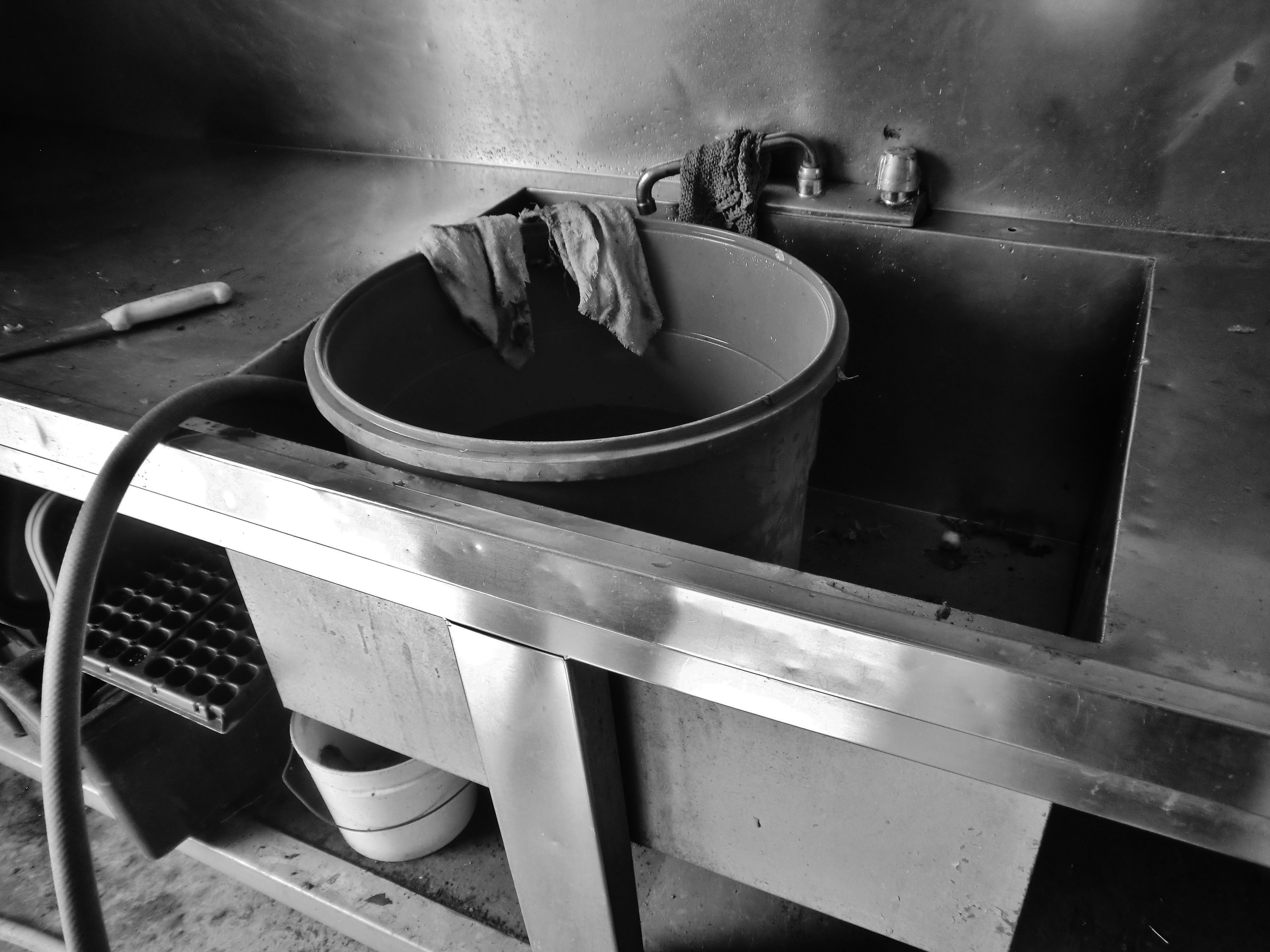
Sarah: “This is where the magic happens.”
[soundcloud url="https://api.soundcloud.com/tracks/161648097" params="auto_play=false&hide_related=false&show_comments=true&show_user=true&show_reposts=false&visual=true" width="100%" height="150" iframe="true" /]
Sarah: “Who's the best dog in the whole pond?”
[soundcloud url="https://api.soundcloud.com/tracks/161648090" params="auto_play=false&hide_related=false&show_comments=true&show_user=true&show_reposts=false&visual=true" width="100%" height="150" iframe="true" /]
Thank you Judy! Thank you Sarah!
School root cellar in Sweden stores fresh food for students
I've never seen or even heard of a double arch root cellar although they probably exist somewhere up here in the higher latitudes. Considering the problems of storing, for example apples and onions in the same space for any length of time, the double arch made sense, and heck, I love a design challenge, and the thought of building something with the theoretical life span of a Giza Pyramid thrilled me.
Built to Last
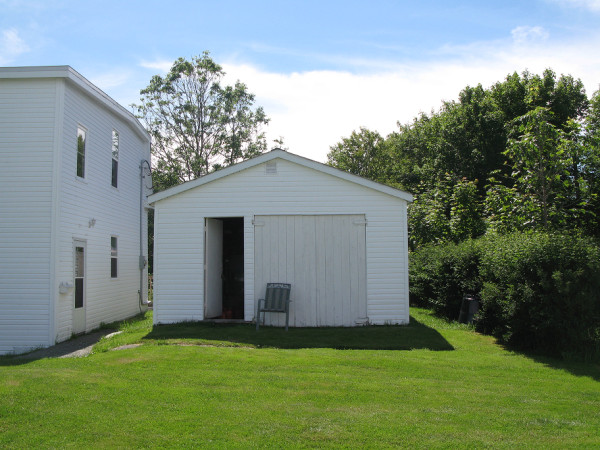 In the late 1800's this root cellar played an important role in farm life at Riverside Farm, once located on Portugal Cove Road in St. John's. Root Cellars Rock was contacted by Stan Lawlor, now living in northern Ontario, who's great-great grandfather built the cellar. He recalls, "as a child, this root cellar was an essential part of my activities, as I helped my family sow, cultivate and harvest potatoes, turnips, carrots, parsnips, lettuce, cabbage, beets, savoury, etc. for family consumption throughout the winter...As a young person in the 1950 and 1960s, I spent many hours storing and carrying vegetables in that cellar."
In the late 1800's this root cellar played an important role in farm life at Riverside Farm, once located on Portugal Cove Road in St. John's. Root Cellars Rock was contacted by Stan Lawlor, now living in northern Ontario, who's great-great grandfather built the cellar. He recalls, "as a child, this root cellar was an essential part of my activities, as I helped my family sow, cultivate and harvest potatoes, turnips, carrots, parsnips, lettuce, cabbage, beets, savoury, etc. for family consumption throughout the winter...As a young person in the 1950 and 1960s, I spent many hours storing and carrying vegetables in that cellar."
Stan talked about the amount of work that went into building the cellar: "the root cellar is an 8 - 10 feet deep excavation that was dug by hand and it is lined with large boulders which were placed manually. It is a bit of an architectural masterpiece, even if I do say so myself...I was always astounded at the size of the rocks that my great grandfather placed in the days before modern machine technology. Absolutely no mortar was used in the construction of the cellar. Also, the rock walls have never required repair over the 60 years that I remember the cellar."
It's now over a hundred years since the root cellar was constructed, and Stan's family still lives on the property, although it's no longer a farm. His brother continues to store vegetables in the cellar purchased in bulk from local farmers, as well as his own homemade wine.
In today's world, centred around disposable items, root cellars seem like a marvel of dependability. Built generations ago for a practical purpose, and if cared for, still able to serve that purpose today. There are not many things being created these days that can boast that promise of longevity.
That's why FSN chose root cellars as the symbol of our local food project and named the project Root Cellars Rock. We're working to develop a strong foundation for local food in this province that's also built to last. Certainly this blog is about more than root cellars, but they're at the heart of our food traditions. We're hoping that root cellars and Root Cellars Rock inspire people towards sustainable living, self-sufficiency, and commitment to a thriving local food system.
To find out how to build, stock and maintain a root cellar, visit our Root Cellars Food Skills Workshop. If you have a root cellar, old or new, and would like to share your story about it like Stan did, please contact info@rootcellarsrock.ca.
Pictures and some of the information for this post came from the Root Cellars Traditions collection in the MUN Digital Archives, created by Intangible Cultural Heritage and the Agricultural History Society. Visit that collection to learn a lot more about this province's cellars.










